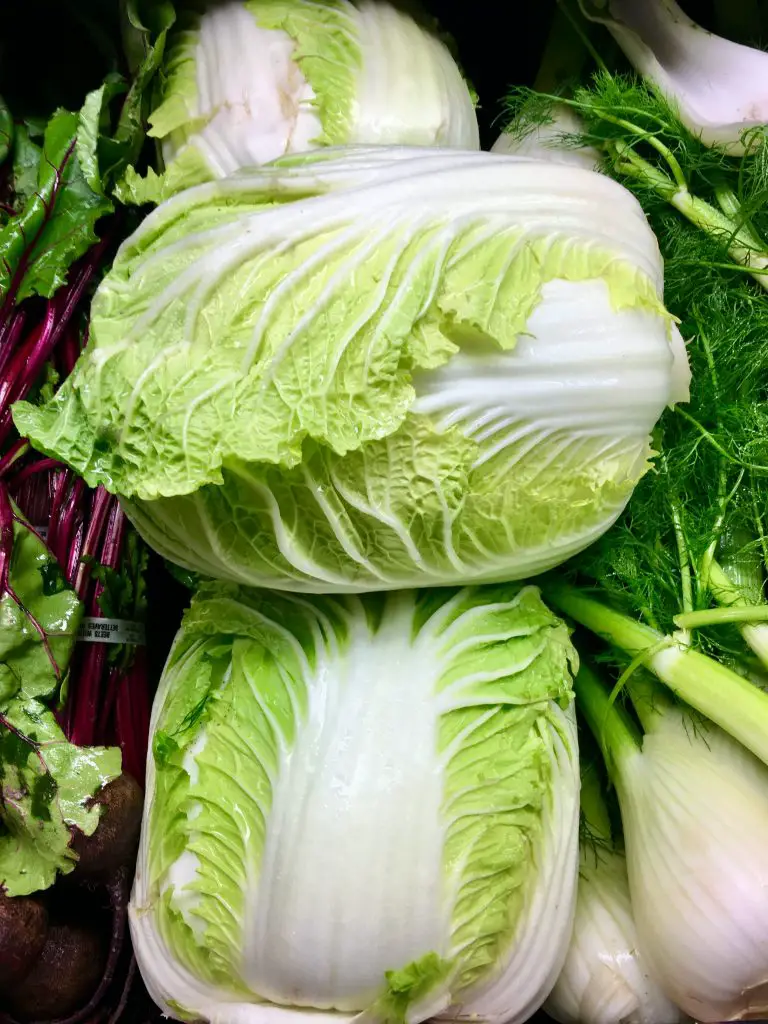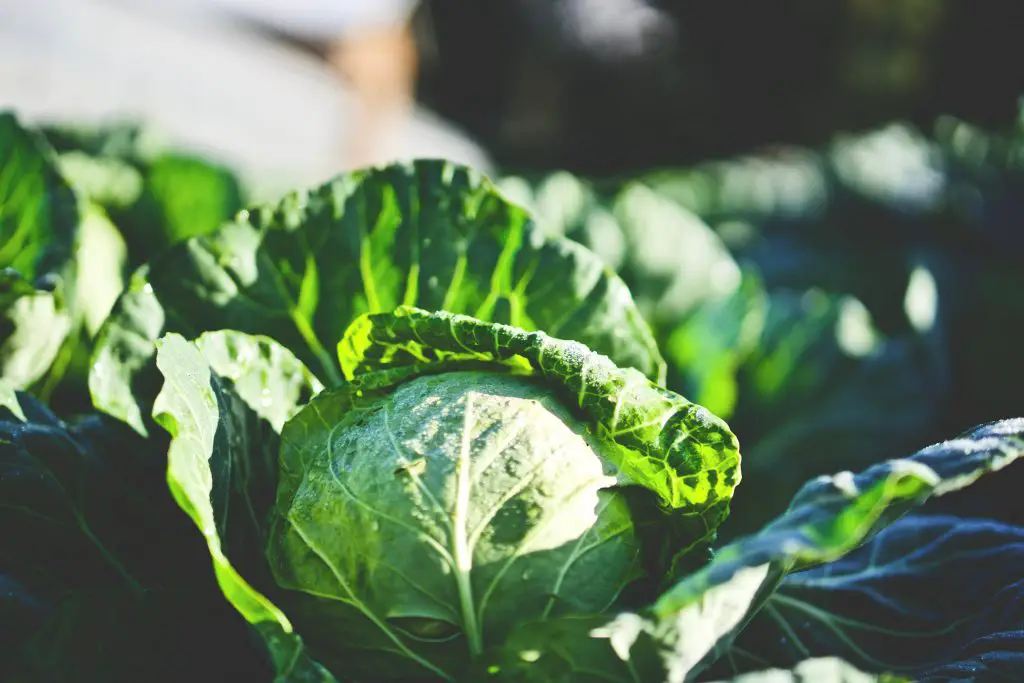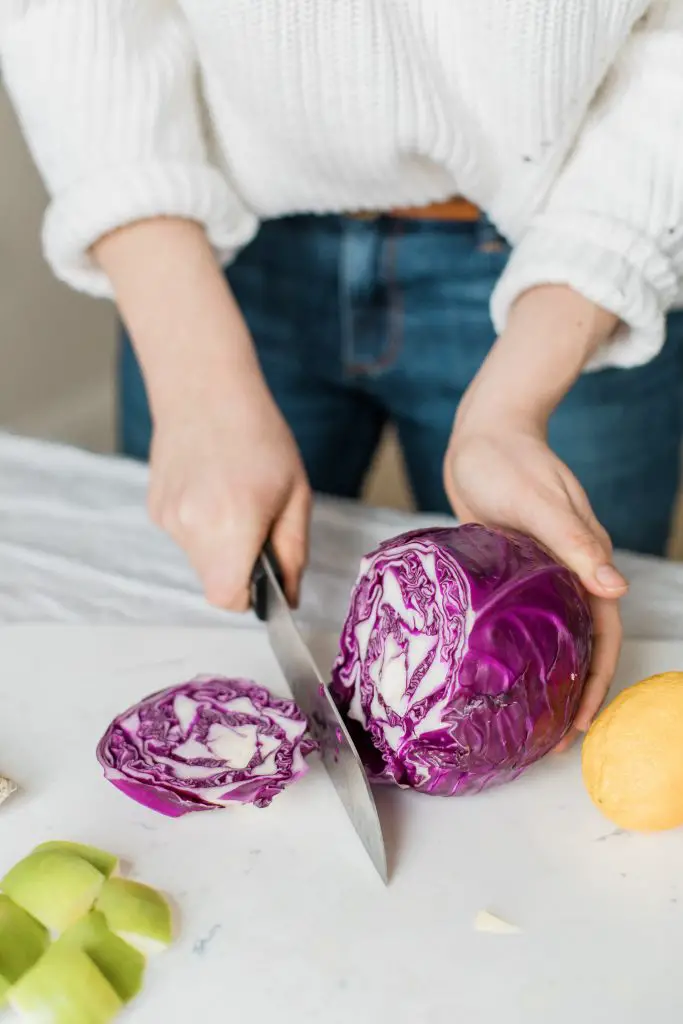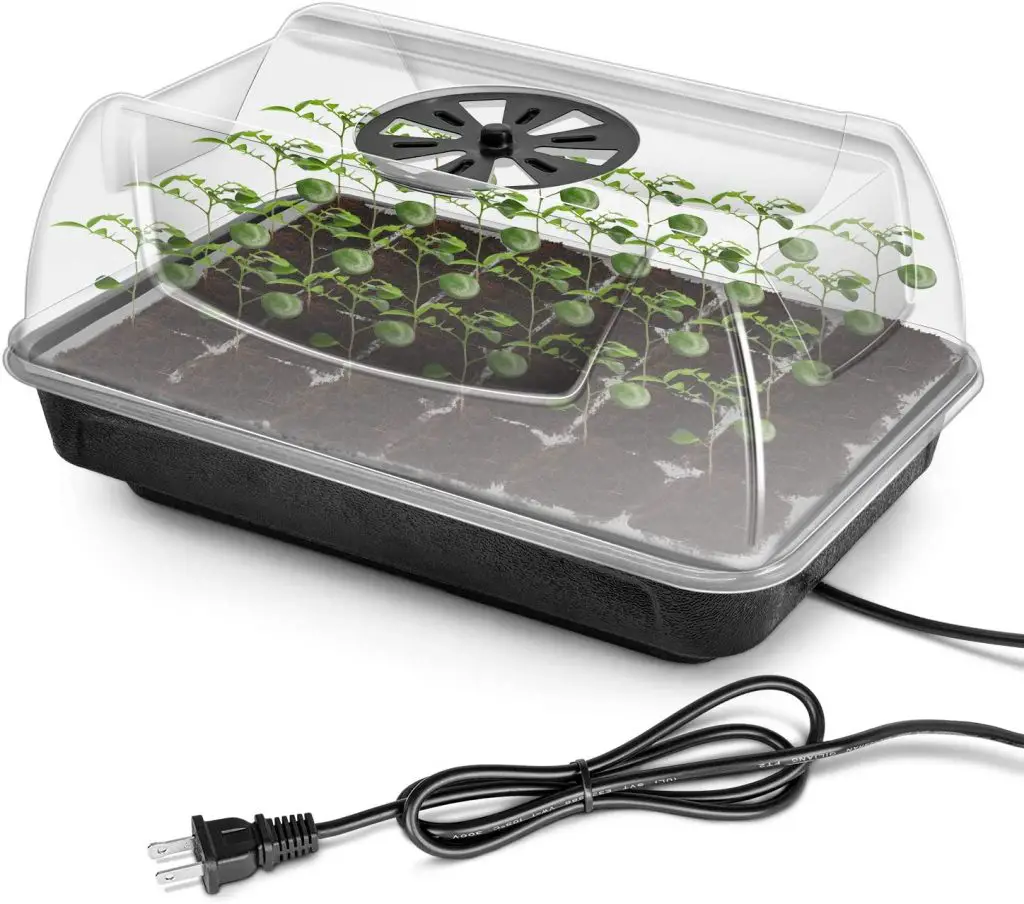How Much Sun Does Cabbage Need? Can It Tolerate Shade? Cabbage is a vegetable that is used as a winter stable particularly in places like Europe during the winters due to their broad availability throughout the year. Given this many people also like to grow this vegetable at home however one of the most common questions that is asked is how much sun does cabbage need?
The amount of sun that you give a cabbage will be highly dependent upon where you live, those people living in cooler regions where the temperatures are generally much colder cabbage will benefit from being in a full sun location. However, a Kenyan study has shown that the optimal conditions to grow cabbage in is when it has been covered in a 50% shade cloth. However, these studies were carried out right on the equator.
This suggests that if you are growing cabbage in locations where the peak temperatures in a location are relatively moderate, such as the UK we would recommend that you grow the cabbage in the full sun around. However, if you live in a region that has very cold winters and hot summers we would recommend that you grow the cabbage in full sun until summer when it may benefit from having a little bit of protection from extreme heat.
One of the reasons I think that this is the case, particularly, for a home gardener is because the rate of moisture lost in those peak months is much higher. And this is also generally affected by the fact that home gardeners tend to water a little bit more infrequently than commercial producers.

Can Cabbages Be Grown Year Round In The Garden
Cabbages are plants that can be grown year-round in the garden in most regions as they can tolerate temperatures as lower as 10°F (-12°C). However, even though cabbage is generally regarded as a winter vegetable and can sit for many months in the garden in winter before being picked it still requires a reasonable temperature to get to that size in the first place.
As such it is a good idea to grow the plants well ahead of time, however, the particular variety that you choose will vary depending upon your needs. Cabbages can be divided up into spring, summer, and winter varieties. Summer varieties are those that are planted early in spring for a summer harvest and require the shortest amount of time to reach harvest.
Winter varieties are mid-season varieties that are planted at the same time but take longer to mature as a result of this they are generally ready to be picked in autumn and can be left in the garden throughout the winter.
The long-season varieties generally are sown in midsummer for a harvest in early spring which means that in many regions you can have cabbages available year around if you select varieties well and plant the seed at the right time. If you want to see some of the cabbage varieties available we have a vegetable database that has over cabbage 200 varieties listed in it.

How To Grow Cabbage
Cabbage is generally a fairly easy plant to grow from seed and as mentioned above is typically sown anywhere between early spring to late summer depending upon the specific variety being grown. Most people start the cabbage off from seed in seed trays rather than planting out in the garden because it is easier to control the environmental conditions.
To start growing cabbage in a seed tray start by filling up the seed tray with good quality seed raising mix and firm it into the individual cells to form solid plugs. This is important as it will make it easier to transplant seedlings later on in the season.
Ideally, 2 to 3 seeds should be planted per cell to ensure that you get at least one plant germinating in every single cell. If all the plants germinate select to the strongest seedling to keep. When the seedlings are in the seed tray it is important to keep it constantly moist and relatively warm.
If you want to get the seed trays off to a rapid start and you live in a relatively cold region it is advisable to use a heated seed tray as that will provide a more consistent environment for growing the seeds.
If you were considering purchasing a seed tray I would highly recommend one that has a removable seat tray and a humidity dome. The removable seed tray is beneficial because that is the component that will deteriorate first therefore being able to replace it will extend the life of the unit significantly. The humidity dome is also an important feature because it serves to help maintain a constant temperature and humidity which is ideal for growing seedlings. To see the latest price on Amazon click on the link below.
The seedlings will typically need to spend approximately 6 to 8 weeks in the seed tray before they are ready to plant out into the garden.
Transplanting Cabbage Seedlings Into The Garden
Once the seedlings are large enough to plant out into the garden is important to select a location that has rich moist and free drained soil with plenty of nutrients. If you have some doubts about the quality of the soil is advisable to add a bag of compost before you plant the seedlings out into the garden.
As the plants are relatively large generally it is advisable to plant them between 10 and 15 inches of apart depending upon the specific variety that you are growing. Cabbage seedlings are highly susceptible to attack from slugs and snails and therefore need to be protected particularly early on. This can be done by sprinkling snail pellets around each and every seedling immediately after planting.
Once the seedlings are in position they should be watered in well and kept moist throughout the season. To maintain the cabbage in good condition is advisable to regularly inspect the plants and remove any leaves that are dying from the base of the plant as that provides an access point for pests and disease and adds very little to the quality of the plant. Additionally, it is important to check the head to ensure that no snails have got up into that location and remove them as you see them.

Harvesting Cabbages
Cabbages can generally be harvested anytime once they are large enough in size. Most people, when harvesting cabbages, will remove the entire head leaving a stub in the garden. This will reshoot once the plant is harvested, however, generally, the quality of the leaves and the cabbage that you will produce is of low quality.
It is therefore recommended that you remove the stub once the cabbage has been harvested as it will often provide little value.
I hope you found this article useful and have great success growing with cabbages at home if you have any additional comments or questions please leave them in the section below.
Relevant Articles
How Long Does It Take To Germinate Cabbage Seeds? How Does Temperature Effect It?
Does Cabbage Grow Underground?
Is Radicchio A Lettuce Or Cabbage?
How Long Does It Take Cabbage To Grow? (A Complete Answer)

